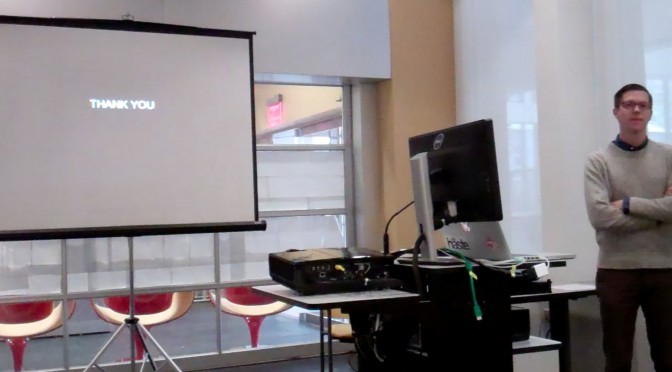Eli Neugeboren
Assistant Professor
Communication Design
New York City College of Technology, CUNY
Comic books are now considered high art and are included in museum collections around the world. They are given national awards, reviewed alongside literature and are printed on high quality paper. Their origins were not so lofty.
Comic books were cheap. They were printed on cheap paper, with cheap ink, and sold for pennies. To help cut costs special methods of coloring were developed to minimize the amount of ink used on the page. These methods allowed publishers to maximize the intensity and consistency of color while printing on what was essentially newsprint.
Most comics still use the stylistic look that was made necessary by limited resources and technology. The comics we see in comic shops (and online and on our iPads) today still, for the most part, have the same look they did at their inception. They have line art printed over color. The look of comic books is overdetermined and continues to reinforce itself from generation to generation; kids that grow up reading comics copy the style of the art and it becomes their style as well. In the age where digital comics are becoming more and more widespread, and is becoming the standard way to consume them, and where there is no need whatsoever to use line art because it is strictly pixels on a screen, the legacy of printing technology is ever present in every panel on the page and the screen.
This research was presented at the Design Incubation Colloquium 1.3: Parsons The New School on Tuesday, December 2, 2014.
